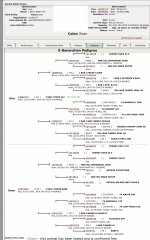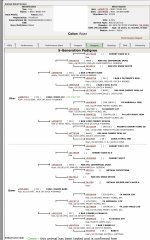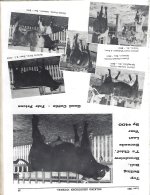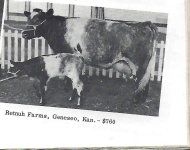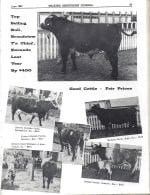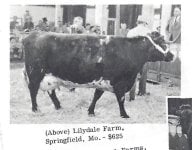In the 60's, Shorthorns were criticized for being too fat in the brisket, patchy around the tail head, small ribeye, and too much back fat. Attributes were gainabiilty, gradeability, milking ability, and temperament. That's according to the voc ag class book I had in high school. Angus were described as having the best carcass quality, but there were too many "pony Angus". Those would be the knee level cattle, significantly smaller than the belt buckle cattle. Believe me, we fed out some blacks that finished at 750 pounds. Herefords were the hardiest range type cattle, but had the traditional hole in the middle of their back, didn't milk, had pinkeye and udder problems, and didn't grade choice as well as the other two. I think all breeds have made progress in addressing these issues over the years, unfortunately at the cost of lessening some of the benefits they had.

